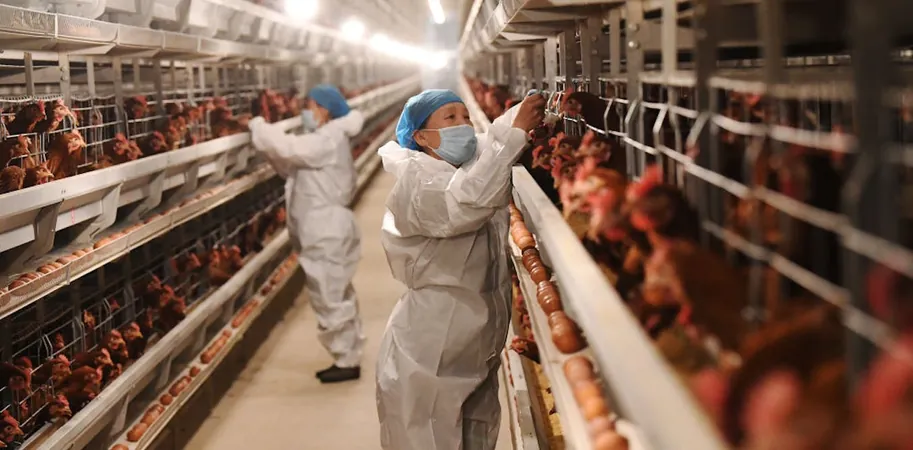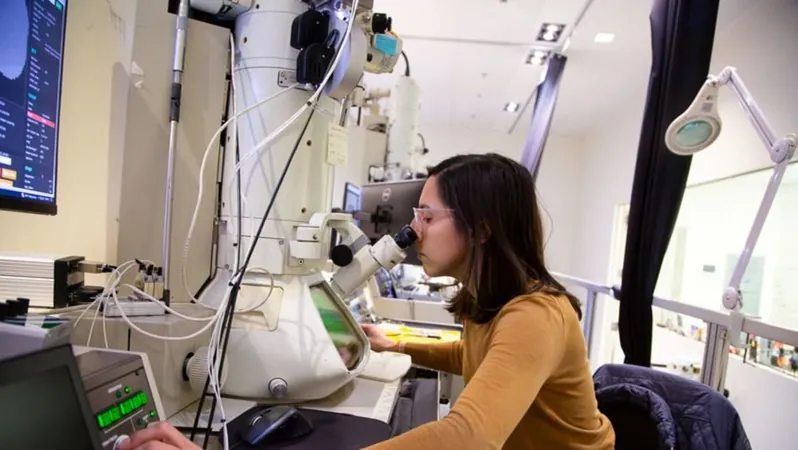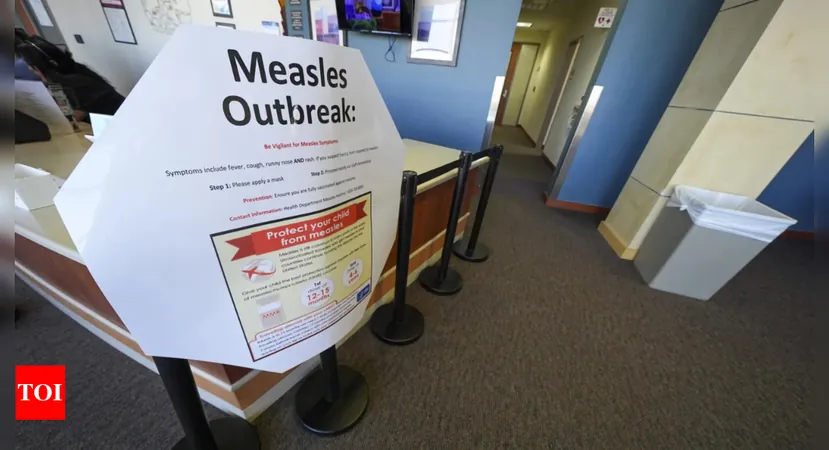
Is Bird Flu on the Brink of Becoming a Human Pandemic? Here’s How We Can Prevent It!
2025-03-31
Author: Nur
Recent studies indicate that the avian influenza virus, specifically the H5N1 subtype, poses a growing threat to global health. Since its emergence in 2003, there have been about 900 confirmed cases of H5N1 in humans, with a staggering mortality rate of nearly 50%. This figure starkly contrasts with the mortality rate during the infamous 1918 flu pandemic, highlighting the urgent need for intervention before a potential pandemic escalates.
Understanding the transmission mechanisms of H5N1 is crucial as it has been noted for its gradual evolution in animal populations, leading many experts to warn that it may soon learn to transmit between humans. This slow evolutionary process is often marked by what epidemiologists refer to as "viral chatter," where sporadic human infections arise, primarily among those in close contact with infected animals, such as poultry workers. This situation creates a ticking clock scenario; while instances of human cases remain isolated, the risks of wider transmission are steadily increasing.
The H5N1 virus has already exhibited the ability to infect over 450 different animal species. This diversity significantly enhances the potential for viral reassortment, where different virus strains mix and create new variants. With influenza viruses known for their rapid mutation rates, the window for prevention is shrinking.
However, it is not too late to implement effective measures to curb this emerging threat. Here are some strategies that could slow down the evolution and prevent the potential spread of H5N1 among human populations:
1. Improved Agricultural Practices
The majority of H5N1 outbreaks correlate more closely with intensive poultry farming than with wild bird migration routes. Implementing stricter biosecurity measures in poultry production and reducing the scale of live bird transport can minimize the risk of spillover events.
2. Vaccination Awareness
Individuals should actively vaccinate against seasonal influenza strains. Doing so not only protects against seasonal sickness but also reduces the chances of these viruses mixing with avian viruses. This strategy helps create a barrier against the virus acquiring the capabilities necessary for efficient human-to-human transmission.
3. Focus on Nutrition and Sanitation
Global initiatives should prioritize improving nutrition and sanitation, especially in impoverished communities. Enhanced nutrition boosts immunity to infections, while better sanitation reduces exposure to novel pathogens. In our interconnected world, disease does not respect borders, so a collective effort is paramount.
4. Research and Monitoring
Continued investment in virology and epidemiological research is crucial to track the evolution of H5N1 and other potential pathogens. Enhanced surveillance systems can provide early warnings of outbreaks, enabling prompt interventions.
In conclusion, the unique relationship between human behaviors and the evolution of infectious diseases means that by making informed choices, societies can better influence the trajectory of such viruses. The collective effort to mitigate the risk posed by H5N1 could ultimately arms us against the next possible pandemic. Their history suggests that with proactive measures, we can avoid repeating mistakes of the past. The question remains—are we ready to act before it's too late?




 Brasil (PT)
Brasil (PT)
 Canada (EN)
Canada (EN)
 Chile (ES)
Chile (ES)
 Česko (CS)
Česko (CS)
 대한민국 (KO)
대한민국 (KO)
 España (ES)
España (ES)
 France (FR)
France (FR)
 Hong Kong (EN)
Hong Kong (EN)
 Italia (IT)
Italia (IT)
 日本 (JA)
日本 (JA)
 Magyarország (HU)
Magyarország (HU)
 Norge (NO)
Norge (NO)
 Polska (PL)
Polska (PL)
 Schweiz (DE)
Schweiz (DE)
 Singapore (EN)
Singapore (EN)
 Sverige (SV)
Sverige (SV)
 Suomi (FI)
Suomi (FI)
 Türkiye (TR)
Türkiye (TR)
 الإمارات العربية المتحدة (AR)
الإمارات العربية المتحدة (AR)